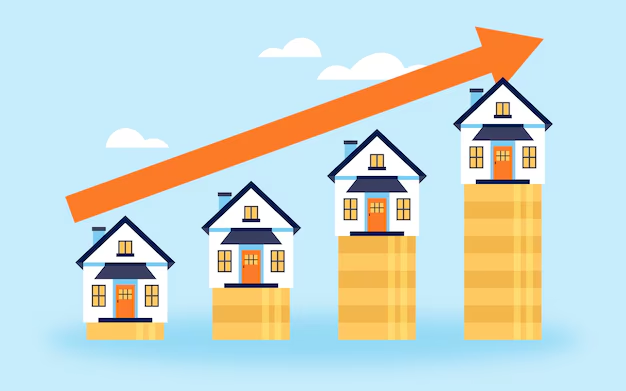The demand for single family homes is outpacing the supply fuelled by millennial generation and covid acting as a catalyst. The high price of entry into single family homes has had a cascading effect on demand for apartments. All this makes apartment investment a very attractive sector.
The third-quarter multifamily absorption level broke the record set last quarter and is the highest on record since tracking began in 2000. This also marks the first time the trailing four-quarter sum has exceeded 500,000 units. Net absorptions of investment-grade, market-rate apartments tracked by climbed to 268,331 in the third quarter—up from the already strong 218,763 units in 2Q 2021. The trailing four-quarter sum increased 22.6% in 3Q 2021 to reach 610,715 units, up 208.4 percent from the prior year.US demand for apartments overall continued to soar in Q3 2021. That’s the biggest quarterly product absorption figure seen in records that go back to the early 1990s.

The annual demand volume as of 3rd quarter registered at 597,354 units in the preliminary stats. That figure soared beyond the past economic cycle’s peak of some 380,000 units absorbed in the year-ending 3rd quarter 2018. Annual product demand averaged about 250,000 units in 2010 to 2020. The rising demand makes the multifamily sector a great investment asset class. Unlike single family homes, multifamily apartments are valued based on the operating income and not the value of surrounding homes.
Unlike stocks one controls the value of the multifamily property. Sun belt (Dallas,Houston, Phoenix, Florida, Las Vegas) areas have shown the biggest investment outpacing the coastal belts. Secondary markets provide good cash flow as well as appreciation potential.
